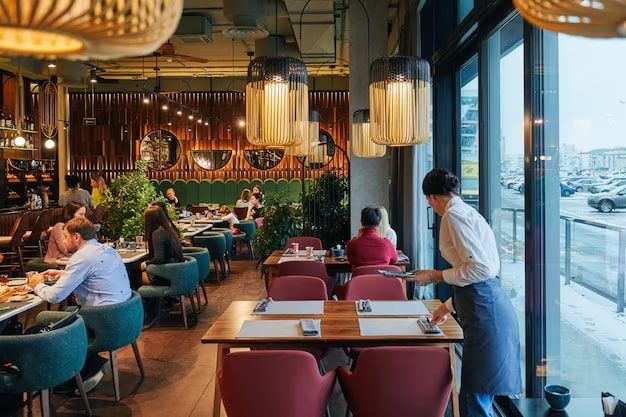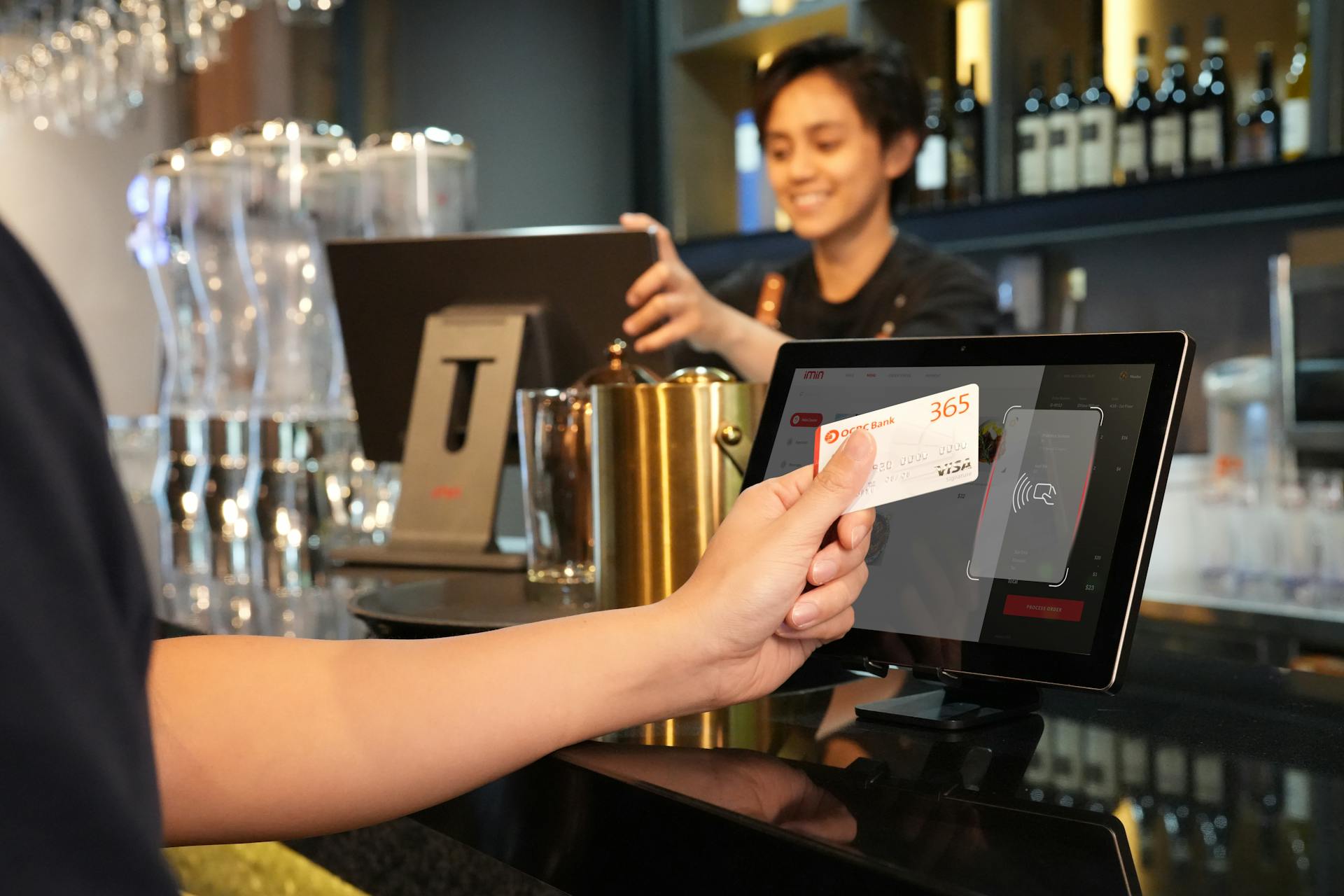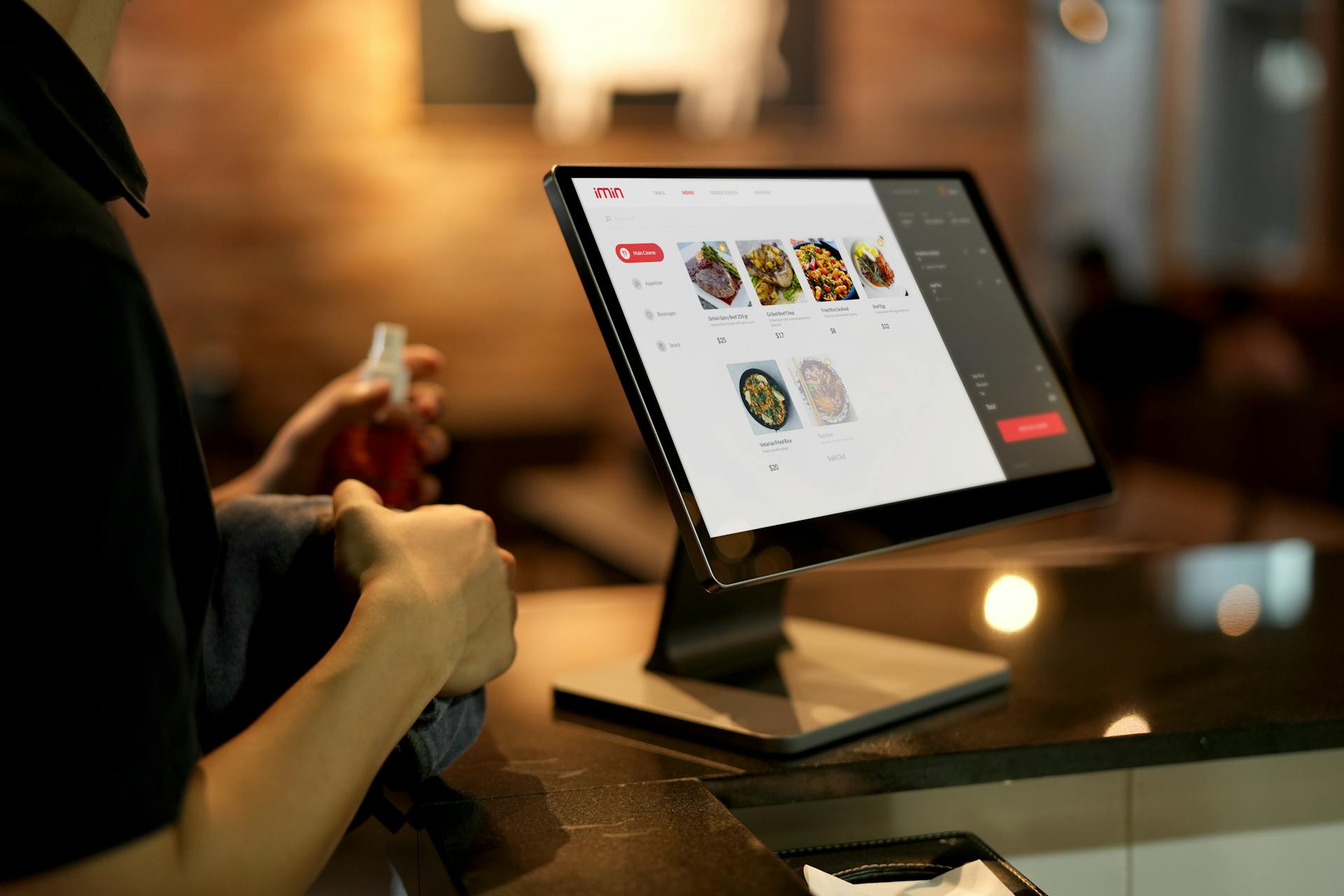A strong restaurant brand goes beyond great food and service. It requires customer engagement, trust, and a reason for people to keep coming back. One of the most effective ways to achieve this is through customer loyalty programs. A well-structured program can turn occasional visitors into regular customers while enhancing your brand’s reputation.

Why Customer Loyalty Programs Matter
Loyalty programs do more than just reward customers. They create an emotional connection between your restaurant and its patrons. People are more likely to return when they feel appreciated and recognized. Additionally, repeat customers tend to spend more per visit, helping increase revenue.
Types of Restaurant Loyalty Programs
1. Points-Based Programs
This system allows customers to earn points for every dollar spent. Once they reach a certain threshold, they can redeem their points for discounts, free items, or special offers. It’s a simple yet effective way to keep customers engaged.
2. Tiered Programs
Tiered programs provide different levels of rewards based on customer spending. For example, a basic member may receive occasional discounts, while a premium member could enjoy exclusive perks such as priority reservations or complimentary appetizers.
3. Subscription-Based Programs
Some restaurants offer a subscription service where customers pay a monthly fee in exchange for exclusive benefits like unlimited coffee refills, discounts, or members-only menu items. This approach creates consistent revenue while increasing brand loyalty.
4. Punch Cards
Traditional punch cards remain popular for quick-service restaurants and coffee shops. Customers earn a stamp with each purchase, leading to a free item after a certain number of visits. Digital punch cards have modernized this method, making it easier for businesses and customers to track progress.
5. Referral Programs
Encouraging customers to refer friends and family can significantly expand your customer base. Reward both the referrer and the new customer with discounts or freebies to maximize participation.
Steps to Implement an Effective Loyalty Program
1. Understand Your Customers
Before launching a loyalty program, analyze your customer base. Consider their preferences, dining habits, and what incentives would appeal to them most.
2. Choose the Right Program Type
Select a loyalty model that aligns with your restaurant’s goals and target audience. A casual cafe might benefit from punch cards, while a fine dining establishment could thrive with a tiered rewards system.
3. Leverage Technology
A restaurant pos system can streamline loyalty programs by tracking points, managing customer data, and automating rewards. This makes it easier for both staff and customers to participate seamlessly.
4. Promote Your Program
Inform customers about your loyalty program through in-store signage, social media, and email marketing. Train your staff to encourage sign-ups and explain the benefits to guests.
5. Keep It Simple
Complicated programs with too many restrictions can discourage participation. Make earning and redeeming rewards as straightforward as possible.
6. Offer Personalized Rewards
Using data from your POS system, personalize rewards based on customers’ dining preferences. Sending a birthday discount or a free item based on past orders adds a thoughtful touch that strengthens loyalty.
7. Monitor and Adjust
Regularly analyze program performance. If participation is low, consider tweaking the reward structure or improving promotional efforts. Gathering feedback from customers can help refine the program for better results.
Real-World Examples of Successful Loyalty Programs
Starbucks Rewards
Starbucks’ loyalty program allows customers to earn stars with each purchase. Members can redeem stars for free drinks and enjoy exclusive perks like early access to new menu items. The integration with the Starbucks app makes participation seamless.
Domino’s Piece of the Pie Rewards
Domino’s rewards program gives points for every online order. Once customers reach 60 points, they receive a free pizza. The simplicity and clear value of the program make it highly effective.
Chick-fil-A One
Chick-fil-A’s tiered program rewards customers based on spending. Higher-tier members get access to more exclusive perks, fostering strong brand loyalty.

Common Mistakes to Avoid
1. Lack of Clear Communication
Customers should easily understand how to earn and redeem rewards. Confusing terms can lead to frustration and reduced participation.
2. Limited Redemption Options
Providing various ways to redeem points ensures customers stay engaged. If rewards are too restrictive, people may lose interest.
3. Not Utilizing Customer Data
Failing to analyze data can result in missed opportunities for personalization. A well-tailored program keeps customers interested and returning for more.
Conclusion
A strong loyalty program can set your restaurant apart from competitors and build long-term relationships with customers. By choosing the right model, leveraging technology, and offering meaningful rewards, you can create a program that enhances your brand and drives repeat business. Start planning today, and watch your restaurant thrive with loyal customers who keep coming back.

